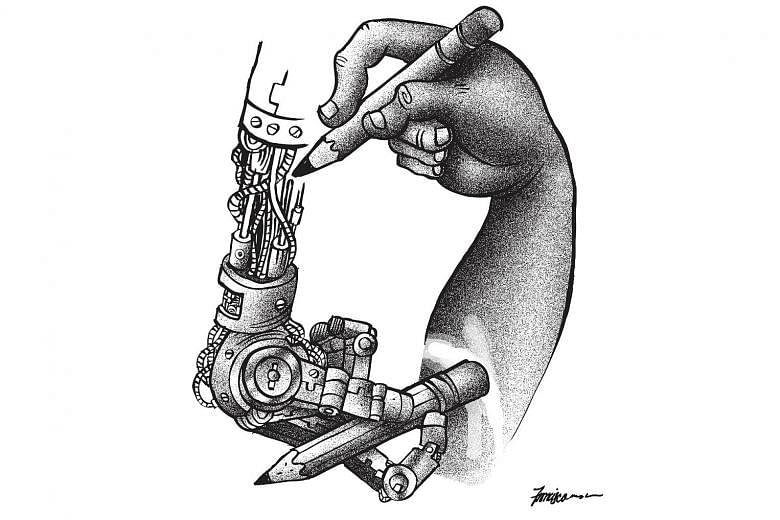When Henry Ford developed the assembly line method to manufacture his black Model T cars, he revolutionised manufacturing through the segmentation of a whole job into a division of tasks. By standardising the product and breaking down the whole process into tasks, he could employ unskilled workers assisted by machines and moulds. In turn, workers are paid decently and hence can afford to buy the cars.
In economics, we say that the factors of production are capital and labour, and that economic growth comes from increases in quantity or from efficiency of these factors. Adam Smith in his pin factory analogy asserts that there are limits to specialisation and division of labour, and thus limits to reducing unit costs, unless there is innovation.
Already a subscriber? Log in
Read the full story and more at $9.90/month
Get exclusive reports and insights with more than 500 subscriber-only articles every month
ST One Digital
$9.90/month
No contract
ST app access on 1 mobile device
Unlock these benefits
All subscriber-only content on ST app and straitstimes.com
Easy access any time via ST app on 1 mobile device
E-paper with 2-week archive so you won't miss out on content that matters to you

